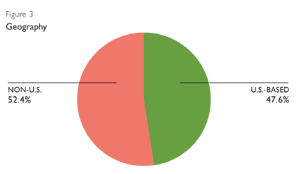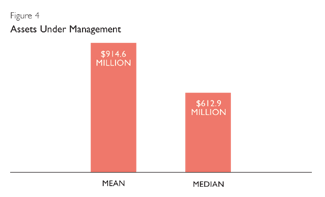The Multifamily Office Platform
By
definition, family offices are designed around one or more families'
unique needs and wants. Therefore, they often require a broad cross
section of services. Today's multifamily offices provide a wide range
of capabilities and expertise that falls into three primary categories:
financial, administrative and lifestyle. These three categories
encompass 18 key service offerings (Figures 5, 6 and 7).
The multifamily office model is a rapidly evolving concept. Products and services differ from firm to firm, as do the degrees and style of execution. However, standardization is imminent and leading players have a number of shared characteristics:
Most revenue is derived from investment-related services that are priced as a percentage of assets under management.
A combination of fee structures, including one-time and recurring fees,
transaction fees and commissions, accommodates the vast components of
the platform and allows multifamily offices to generate revenue in
several ways.
All multifamily offices provide asset allocation and investment manager selection for an asset-based fee.
Advanced planning services, such as tax management, estate planning and asset protection, are provided by 95% of firms.
Administrative and lifestyle services are covered as part of an "inclusive" fee for clients with assets above a target level.
More than 80% of firms offer four core administrative services, and the majority of them do so with in-house staff.
The majority of lifestyle services are delivered through alliances with third-party specialty providers.
A Shifting Interpretation
As
competition for the attention and assets of the super-rich mounts, the
multifamily office model offers a more viable and client-focused
platform for companies in search of a new business proposition. From
the client's perspective, it's an effective choice, but it remains
unclear whether this dedicated and highly tailored approach can thrive
under conventional management.
As financial organizations reinvent themselves to retain and attract clients or simply clear the slate of past problems, ultra-high-net-worth families will need more critical guidance to evaluate the firms and the professionals vying for their business. Because of the more holistic approach employed by most family offices, a good fit between a provider and a client will be largely dependent on the depth, breadth and accuracy of an up-front assessment. The handful of advocacy groups and pension consultants that operate at the periphery of the family office industry can offer a subset of the required knowledge, but there will be increasing demand for unbiased specialists.
The changing dynamics of a demanding client base and a rapidly evolving regulatory climate will both play a role in how the multifamily office takes shape in the coming years, as will achieving the appropriate combination of products, services, pricing and resources to deliver sophisticated and inclusive wealth management solutions.
This article was adapted from a spring 2009 report, entitled "The MFO Solution," by Rothstein Kass. For more information or a copy of the report, including the complete research findings, please visit www.rkco.com.











